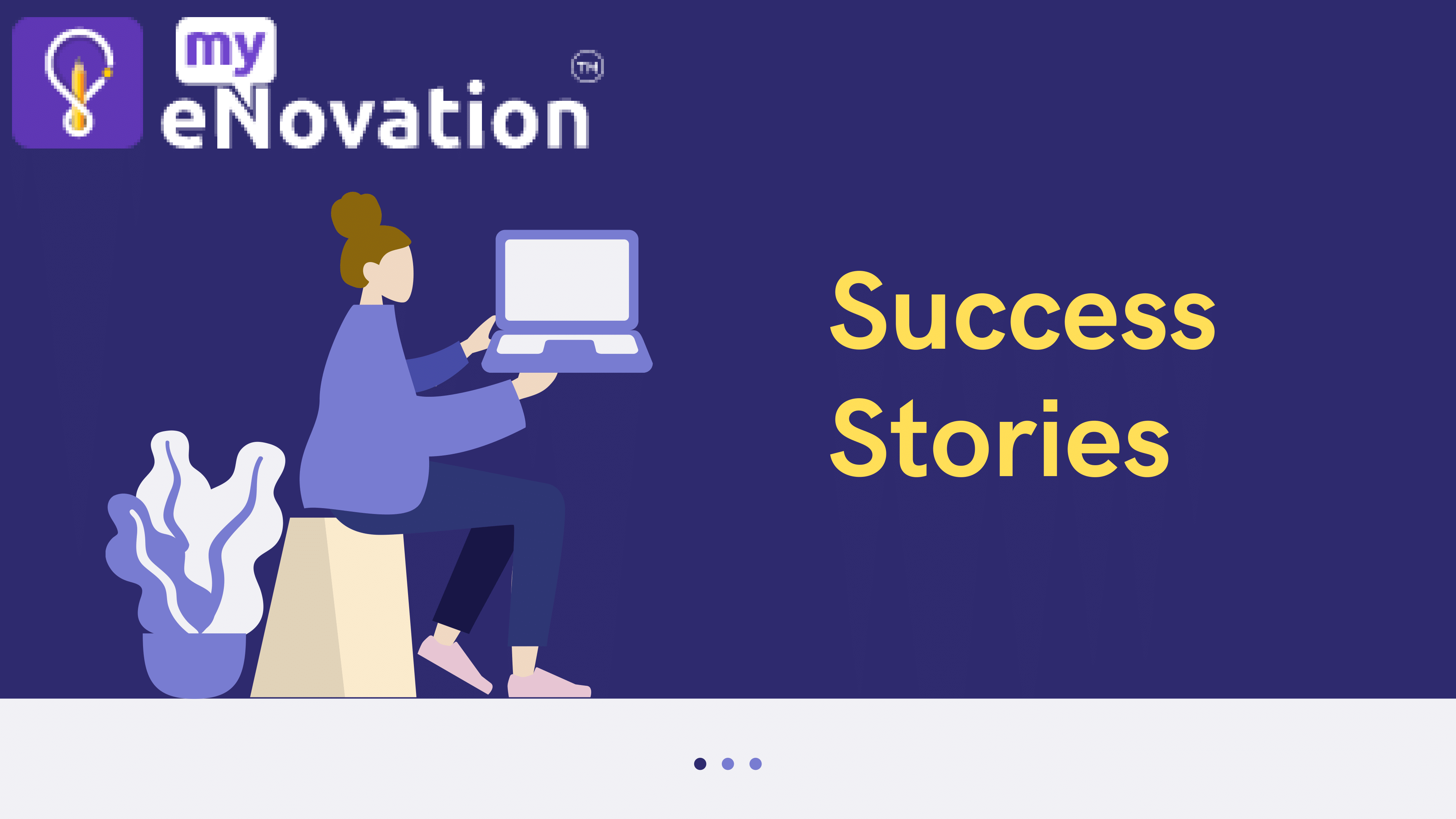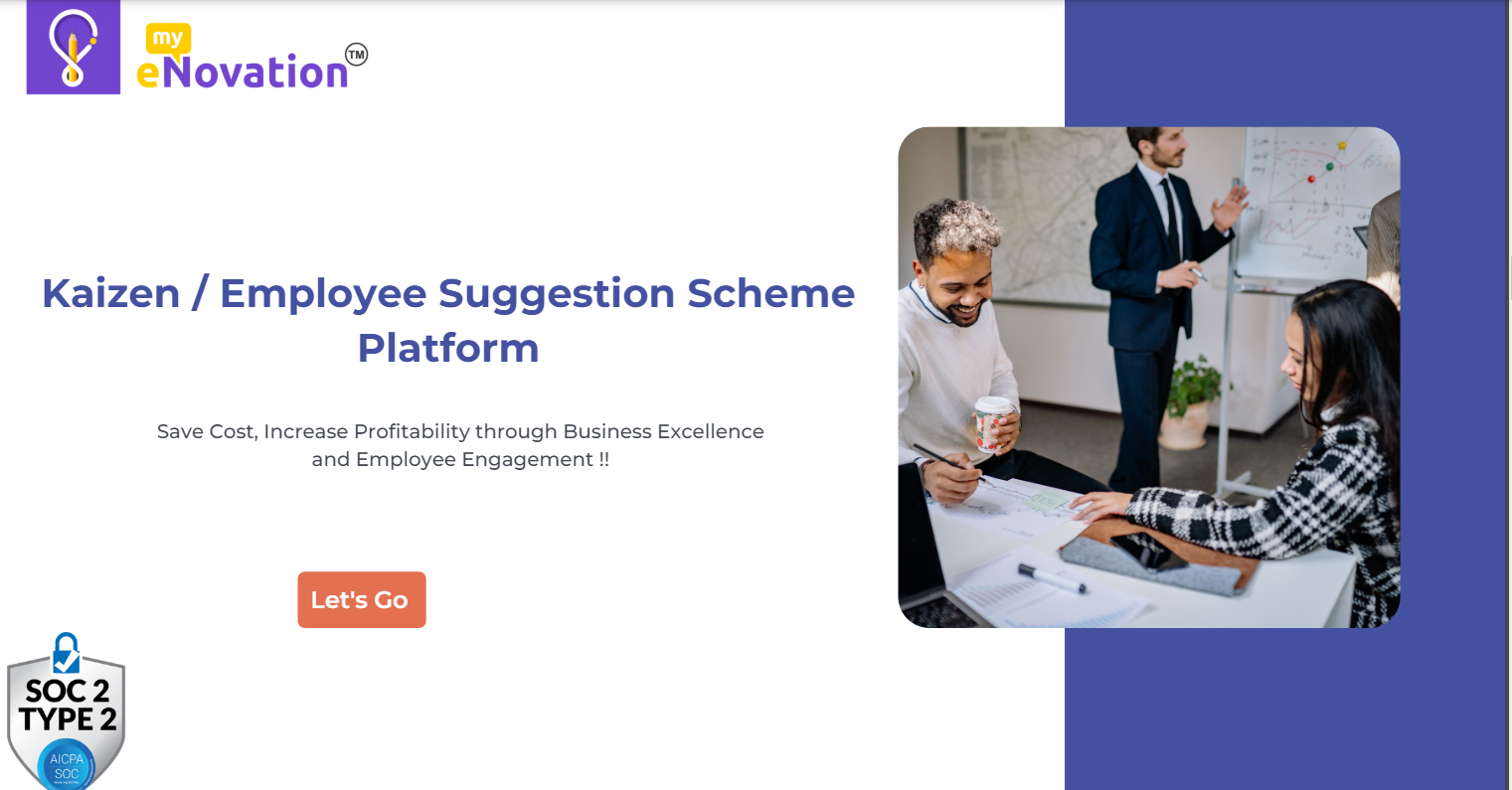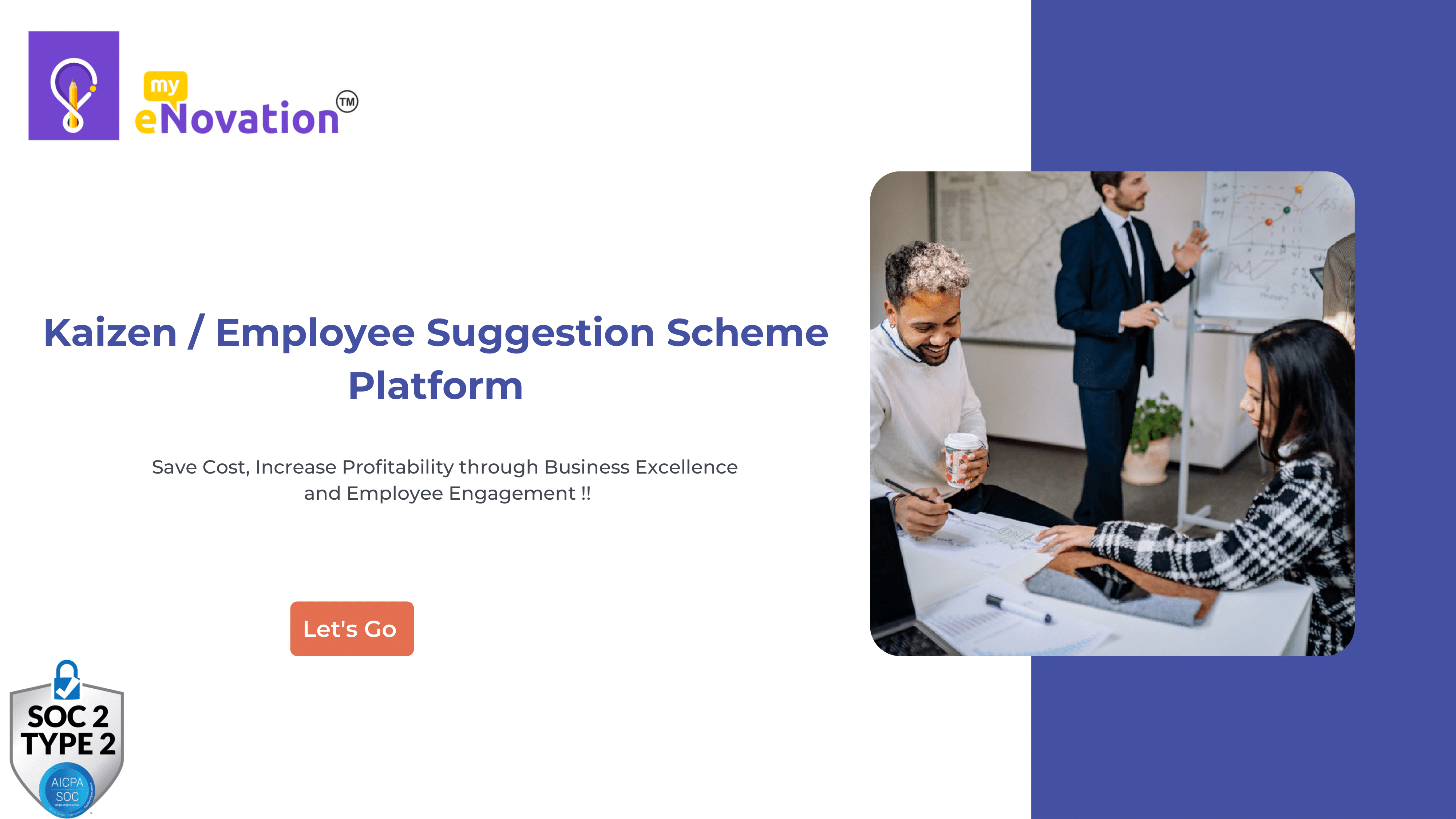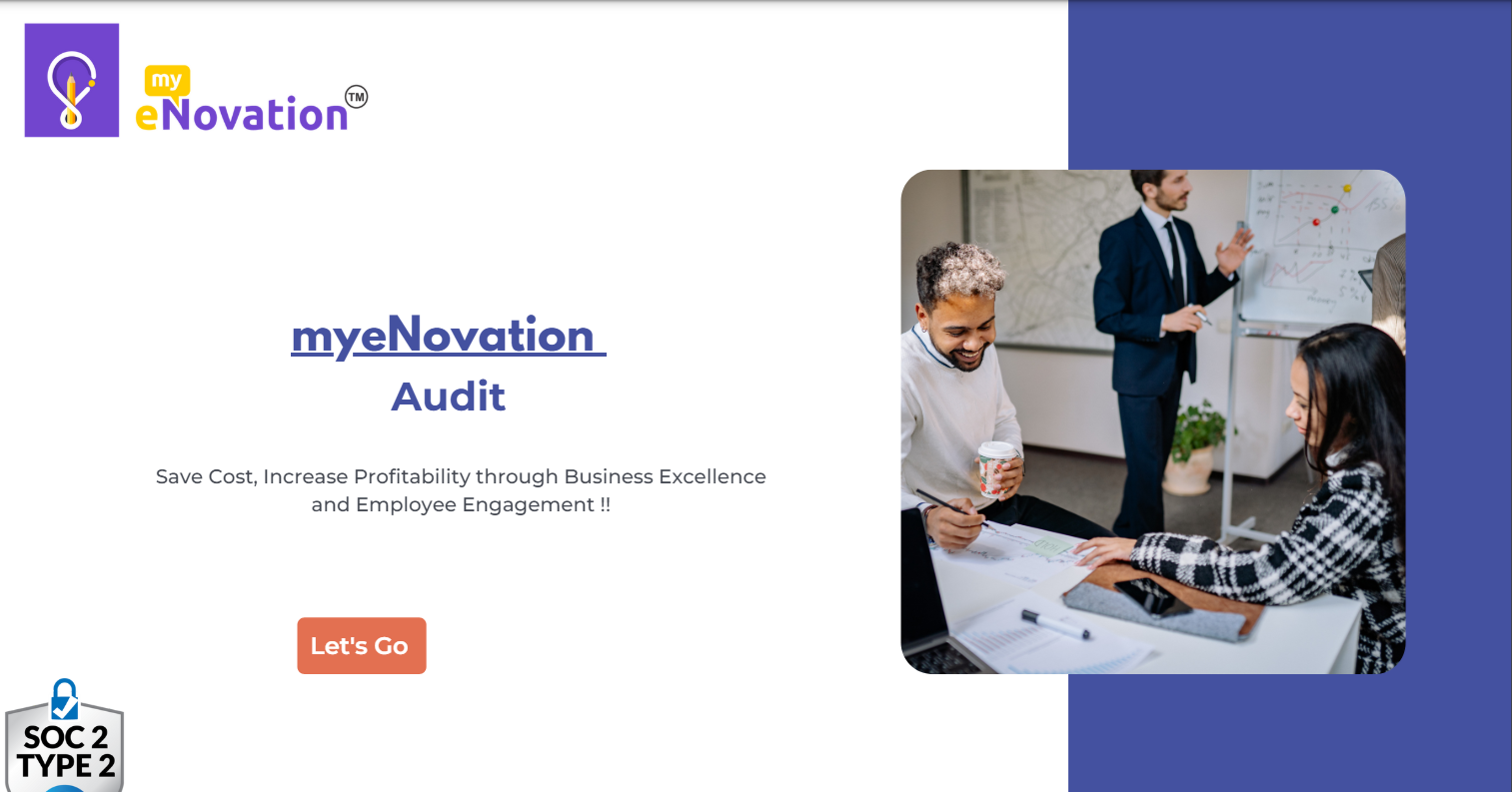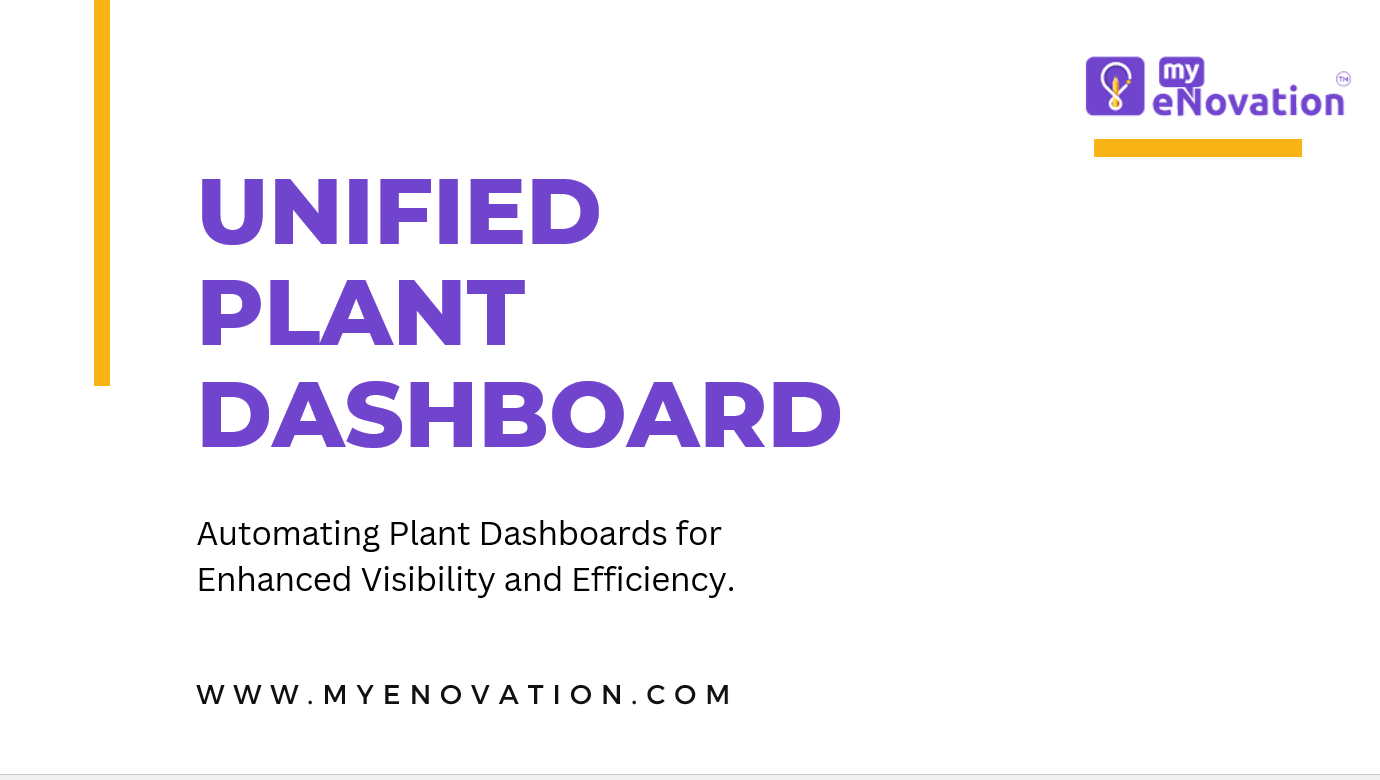The Transformative Power of Employee Suggestion Programs

In the realm of modern business management, fostering a culture of innovation and continuous improvement is paramount to achieving sustainable success. One powerful strategy that forward-thinking organizations employ to tap into the collective wisdom of their workforce is the implementation of an Employee Suggestion Program (ESP). In this comprehensive guide, we'll explore in-depth the myriad benefits of such a program and elucidate how each aspect contributes to organizational growth, employee engagement, and enhanced operational excellence..
Increased Employee Engagement
Employee engagement is not a fleeting metric but rather a foundational pillar
upon which thriving workplace cultures are built. At its core, engagement is
about more than mere job satisfaction; it encompasses a deep-seated commitment
and emotional investment in the organization's mission and values. An effective
ESP serves as a catalyst for nurturing this engagement by providing employees
with a structured platform to voice their ideas, concerns, and insights.
The Psychology of Engagement
Engagement is intrinsically tied to a sense of purpose and belonging. When
employees feel their contributions are valued and their voices are heard, they
are more likely to develop a strong attachment to the organization. This sense
of belonging fosters a deeper emotional connection and cultivates a shared
commitment to achieving common goals.
Empowerment and Ownership
One of the most powerful aspects of an ESP is its ability to empower employees
and instill a sense of ownership in their work. When individuals feel empowered
to make meaningful contributions and take ownership of their ideas, they become
more invested in the organization's success. This empowerment not only boosts
morale but also fosters a culture of accountability and proactive
problem-solving.
Recognition and Validation
Beyond the mere act of soliciting suggestions, effective recognition and
validation of employee contributions are crucial for sustaining engagement over
the long term. Recognition can take many forms, from public acknowledgment of
successful suggestions to tangible rewards or incentives. By celebrating the
contributions of employees, organizations reinforce the message that their ideas
matter and are integral to driving positive change.

Impact of myeNovation
Efficient Systems
In today's competitive business landscape, efficiency is not just a buzzword;
it's a strategic imperative for maintaining a competitive edge. An ESP serves as
a valuable tool for identifying inefficiencies, streamlining processes, and
optimizing workflows to maximize productivity and resource utilization.
Frontline Expertise
Frontline employees possess a wealth of practical knowledge about day-to-day
operations that often goes untapped by traditional top-down management
approaches. By actively soliciting suggestions for improvement, organizations
can leverage this frontline expertise to identify bottlenecks, inefficiencies,
and pain points that may otherwise go unnoticed. This bottom-up approach not
only leads to more effective solutions but also fosters a culture of inclusivity
and collaboration.
Data-Driven Decision Making
An ESP provides organizations with a treasure trove of real-world data and
insights that can inform strategic decision-making at all levels. By aggregating
and analyzing employee suggestions, organizations can identify recurring themes,
prioritize areas for improvement, and track the impact of implemented changes
over time. This data-driven approach enables organizations to make more informed
decisions and allocate resources more effectively to address the most pressing
needs.
Continuous Process Improvement
Continuous improvement is not a one-time initiative but rather an ongoing
journey toward operational excellence. An ESP serves as a catalyst for this
journey by fostering a culture of experimentation, iteration, and refinement. By
encouraging employees to proactively identify areas for improvement and test
innovative solutions, organizations can adapt more quickly to changing market
dynamics and stay ahead of the competition.
In today's fast-paced business environment, standing still is not an option.
Organizations must continually evolve and innovate to remain relevant and
competitive. An ESP plays a crucial role in fostering a culture of continuous
improvement by encouraging employees to challenge the status quo, think
creatively, and embrace change as a catalyst for growth.
Innovation Mindset
At its core, continuous improvement is about more than just making incremental
tweaks to existing processes; it's about fostering an innovation mindset that
embraces change and embraces experimentation. An ESP provides a structured
framework for cultivating this mindset by empowering employees to explore new
ideas, take calculated risks, and learn from both successes and failures.
Cross-Functional Collaboration
Effective continuous improvement requires collaboration and cooperation across
departments and hierarchical boundaries. An ESP serves as a unifying force that
brings together employees from diverse backgrounds and areas of expertise to
collaborate on shared goals and objectives. By breaking down silos and fostering
cross-functional collaboration, organizations can leverage the collective
intelligence of their workforce to drive meaningful change and innovation.
Kaizen Philosophy
At the heart of continuous improvement lies the Japanese philosophy of Kaizen,
which emphasizes the relentless pursuit of perfection through small, incremental
changes. An ESP embodies this philosophy by providing a structured mechanism for
capturing and implementing employee suggestions for improvement. By embracing
the Kaizen mindset, organizations can create a culture of continuous learning,
adaptation, and innovation that fuels long-term success.
Cost Savings and Increased Revenue
In today's hyper-competitive business landscape, every penny counts. An ESP can
yield tangible financial benefits by identifying cost-saving opportunities,
optimizing resource allocation, and driving revenue growth through innovation
and process improvement.
Bottom-Line Impact
Employee-generated suggestions for process improvements have the potential to
yield significant cost savings and revenue gains. Whether it's streamlining
supply chain logistics, reducing waste, or improving customer service, even
small changes suggested by employees can have a big impact on the bottom line.
By empowering employees to identify and implement cost-saving initiatives,
organizations can improve profitability and enhance their competitive position
in the marketplace.
Return on Investment
An ESP represents a strategic investment in the long-term success and
sustainability of the organization. While implementing and managing such a
program requires time, resources, and commitment, the potential return on
investment far outweighs the initial costs. By harnessing the collective
intelligence and creativity of their workforce, organizations can unlock new
opportunities for growth, innovation, and operational efficiency that drive
measurable results and deliver value to stakeholders.
Sustainability and Scalability
The financial benefits of an ESP extend beyond short-term cost savings to
long-term sustainability and scalability. By embedding a culture of continuous
improvement into the fabric of the organization, businesses can adapt more
quickly to changing market conditions, mitigate risks, and seize new
opportunities for growth. Moreover, as the program matures and evolves over
time, its impact compounds, leading to exponential gains in efficiency,
productivity, and profitability.
Enhanced Management-Staff Connection
Effective communication is the lifeblood of any organization. An ESP serves as a
bridge that connects management with frontline employees, fostering trust,
transparency, and collaboration across all levels of the organization.
Bridging the Gap
The hierarchical structure of many organizations often creates barriers to
communication and collaboration between management and frontline employees. An
ESP breaks down these barriers by providing a direct channel for employees to
communicate their ideas, concerns, and feedback to decision-makers. By actively
engaging with employee suggestions, management demonstrates a genuine commitment
to listening, understanding, and acting upon the needs and concerns of their
workforce.
Empathy and Understanding
Effective communication is not just about conveying messages; it's about
understanding and empathy. An ESP enables management to gain valuable insights
into the day-to-day experiences and challenges faced by frontline employees. By
actively soliciting feedback and engaging in meaningful dialogue, management can
demonstrate empathy, build trust, and foster a culture of mutual respect and
appreciation.
Shared Vision and Values
An ESP serves as a powerful tool for aligning management and staff around a
shared vision and set of values. By involving employees in decision-making
processes and soliciting their input on strategic initiatives, organizations can
create a sense of ownership
Make Better
Business Decisions
Explore our success stories to see how we've transformed a variety of businesses. Reach out to schedule an introductory call and discover more about our services.


